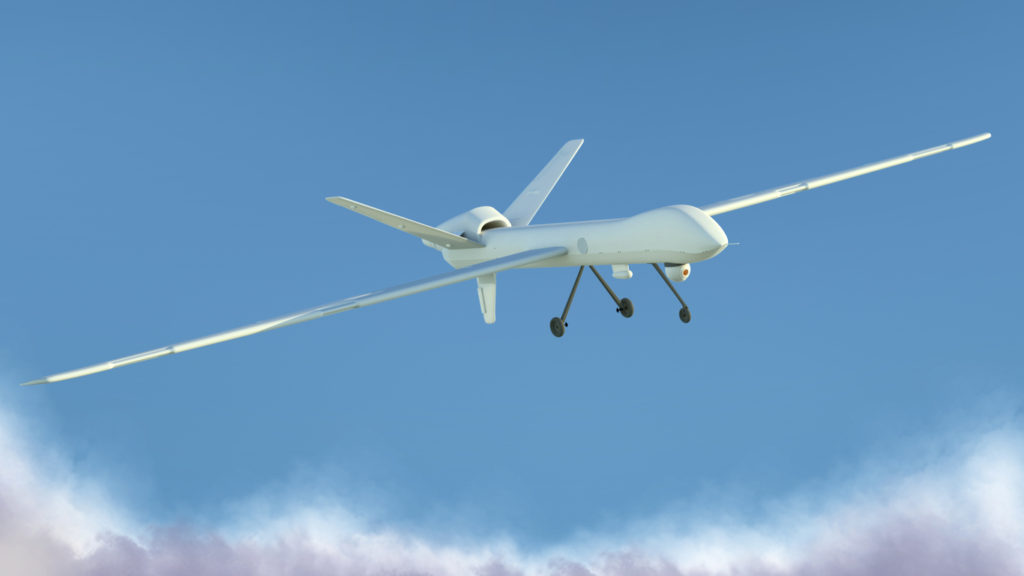Unmanned aerial vehicles (UAVs) can be pre-programmed or driven via remote control. They are distinctive in their precision for hitting targets with lethal force, whilst not risking the life of the pilot and are commonly referred to as ‘drones’. In his previous blogs for Proelium Law LLP, Barry Harris describes the asymmetry that drone warfare produces in fighting unfairly. This blog continues the discussion by looking at the ethical asymmetry in deciding to go to war and in using lethal force, as well as the disruption of traditional gender symmetries in combat.
Disrupting Gender Roles in the Military
Drones do not rely on gender roles that are traditionally present in warfare, and therefore have the power to disrupt and recreate new gender roles.
Traditionally, the role of the military pilot is a masculine one, though this is not because women are excluded from such roles. Masculinity is rooted in the traditional gendered dichotomy between war and peace which can be extended more broadly to a host of dualisms that underlie war, such as male and female, combatant and non-combatant, ally and enemy, state and individual.
The operation of drones is a game-changer for the military in that drones encompass the ground-based controller (pilot), the disembodied connection with the drone, the weapon, the risk and the target. Together these features disrupt traditional gender norms in the military. While pilots fulfil a masculine, predator-like role, they also become both protector and the protected. Their role is similar to that of the traditional combat soldier, seen as traditionally masculine by fulfilling the role of protector. However, since they are not on the front line in person they are also protected from physical harm. This is a departure from the usual symmetry of belligerents in war and conflict situations. The asymmetry in warfare that drones create de-genders pilots, bringing a double-meaning to ‘unmanned’ precision warfare.
Ethical Asymmetry
The spatial and disembodied distance between the pilot and drone has been proven to lower inhibitions of going to war and using lethal force. The military report upholding these claims states that this occurs because it is possible to fight without sustaining injuries on the pilot’s side. This observation is asymmetric and one-sided, since it advocates that individuals on the drone pilot side only have lives that matter and are worth saving. We can then conclude that drones have consequences for the jus in bello principle of international law. Jus in bello relates to the justice involved in war, such as the means, weapons, and tactics employed and through international humanitarian law, it regulates the conduct of parties engaged in an armed conflict.
International humanitarian law is part of international law, which is the body of rules governing relations between States and upheld by the United Nations Charter. International humanitarian law seeks, for humanitarian reasons, to limit the effects of armed conflict. It protects persons who are not or are no longer participating in the hostilities and restricts the means and methods of warfare. International humanitarian law is also known as the law of war or the law of armed conflict. The use of UAVs and drone warfare is a direct concern of international law. The disembodied distance between pilot and the drone aircraft created by recent innovations in military technology has legal and ethical consequences of the utmost importance.
Jenny Thornton is an occasional blogger for Proelium Law LLP. Jenny holds an MA in Geography & Social Anthropology from St Andrews University and is a current International Relations postgraduate at the University of Cambridge. Her particular interests include international development, international law, and politically complex environments in sub-Saharan Africa. Follow Jenny on Twitter @JenThornt.
Need advice?
If you’d like further information, or to discuss working with us, please get in touch







